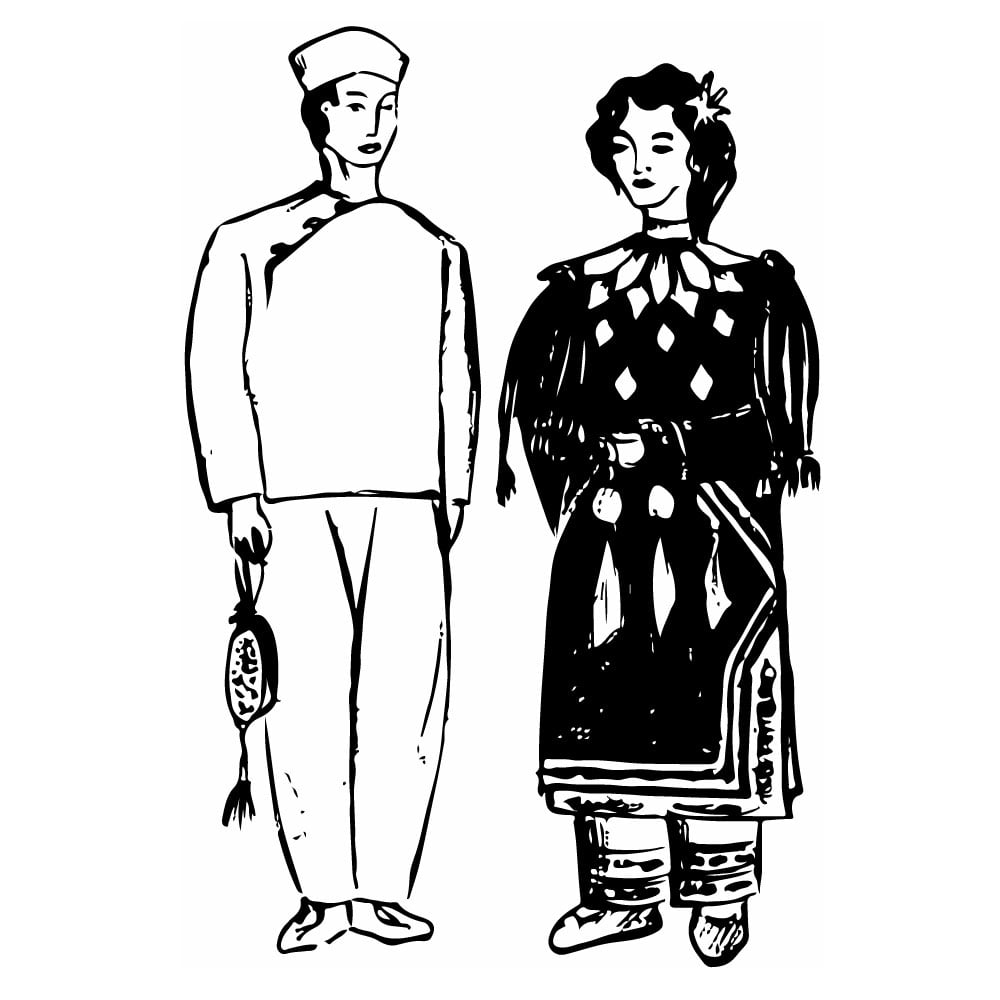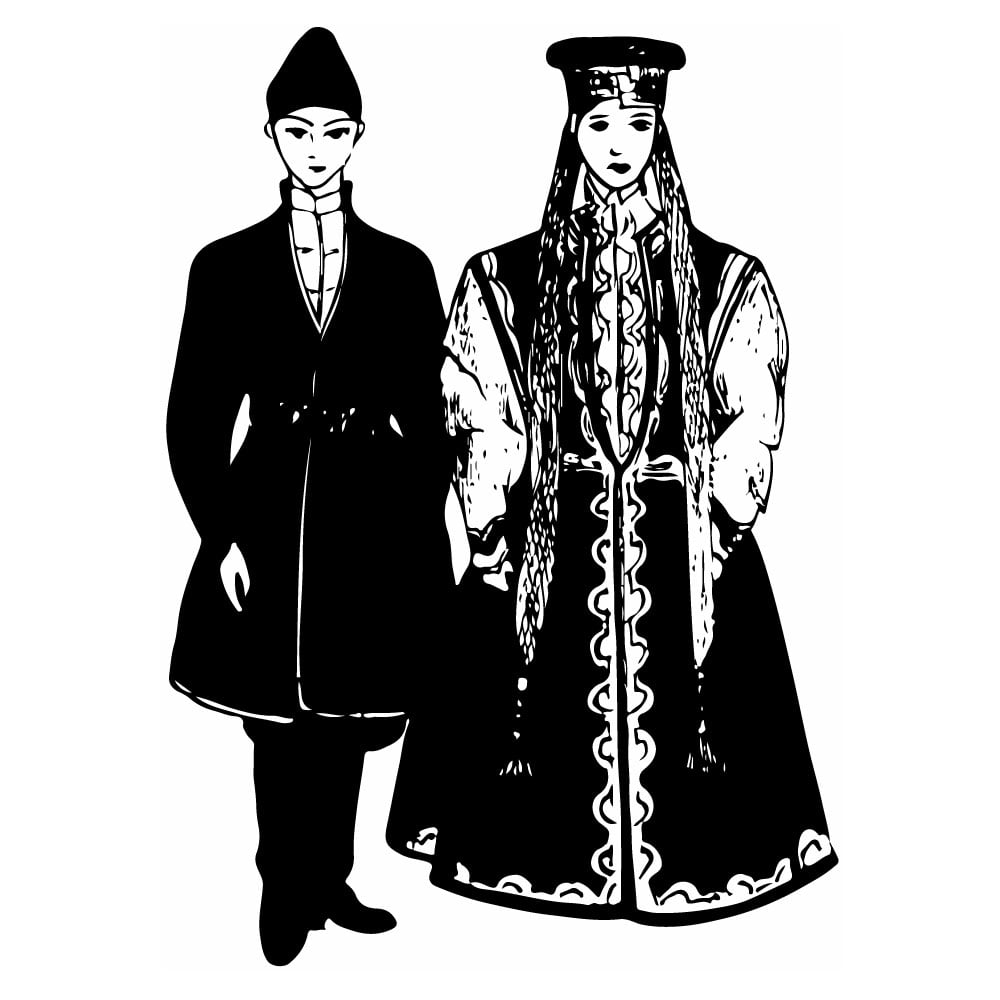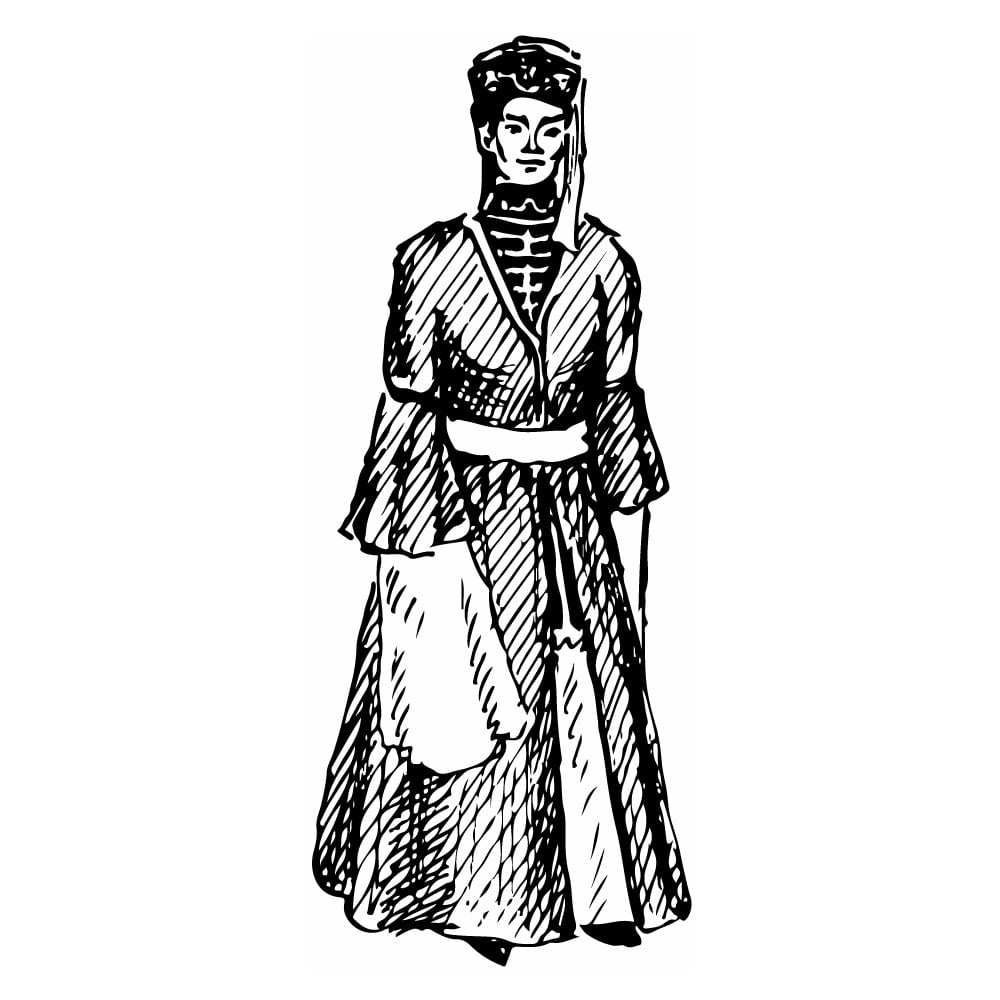Karakalpaks
| Population | 424,000 |
| Language group | Kypchak Turkic |
| Language | Karakalpak |
| Region | Karakalpak Republic (Russia), Fergan and Khoresm Region of Uzbekistan, Turkmenistan, Kazakhstan |
| Capital | Nukus |
| Religion | Islam |
*Population estimates for 1994
Among the oldest ancestors of the Karakalpaks were the Sakomas tribes, who lived on the south coast of the Aral Sea during the seventh to second centuries BC. Later the Hun and Turkic tribes streamed into the Aral area steppes. They partially mixed with the native tribes. In the early Middle Ages, the peoples of the Aral area — the Pechenegy and the Ogusy — were formed. Amidst them, the formation of the Karakalpaks began in the seventh to the tenth centuries. The native tribes and the Pechenegy mixed with the Kypchaks, who had come from the drainage basin of the Irtysh river, and accepted their language. In the structure of the Kypchak Tribal Union, a “Kara-Borkly-Ethnonim” tribe is mentioned, which is identical to the name “Karakalpaks.” In the fourteenth and fifteenth centuries, connections with the Nogai had a noted influence on the Karakalpak ethnogenesis. At the end of the sixteenth century, the Karakalpaks appeared in Central Asian resources under their modern name.
A half-settled way of life was typical to the Karakalpaks. They combined agriculture with cattle breeding and fishery. The social system in the nineteenth and the beginning of the twentieth century was feudal with considerable preservation of tribal structure. In 1932, the Karakalpak Republic was formed; then, in 1936, it joined Uzbekistan.
In Karakalpak culture, one can trace century old connections with the peoples of Eastern Europe, the Urals area, and Central Asia.
Since ancient times, peoples of Karakalpakia have developed skills in wood carving with encrustation by cloth and ivory, in leather stamping, in carpet weaving, and in embroidery. In ornamentation of traditional dwelling (yurta), a large room is decorated by carpets and wide strips with fringes set against the background of arranged patterns.
Karakalpak jewelers combine silver with gems in making adornments for female clothes, male belts, and horse harnesses. It is characterized by strict, geometrical shapes such as rams horns and plants.
The Karakalpaks adhere to the Islam faith.
This is Ad 1




























